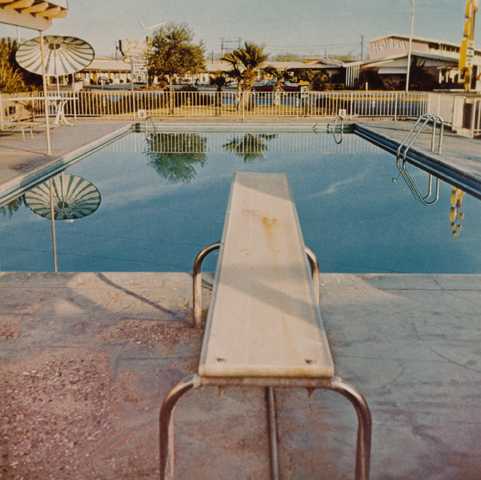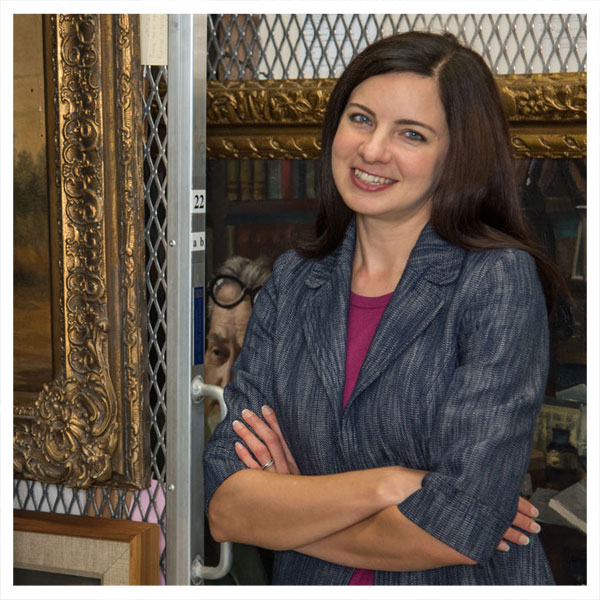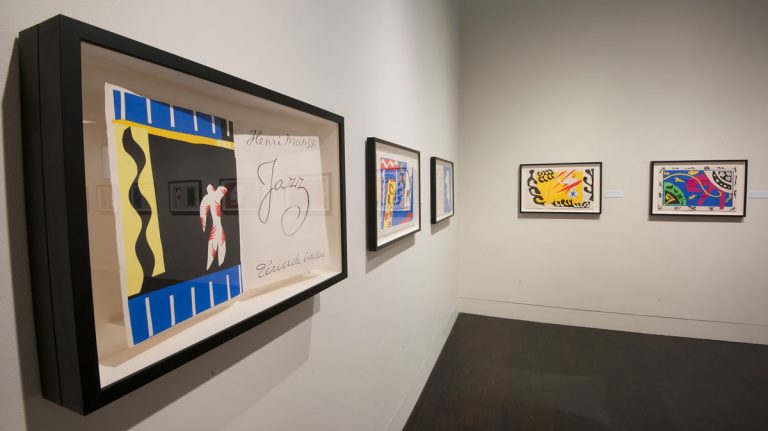The Ransom Center presents the exhibition “Ed Ruscha: Archaeology and Romance” from Aug. 11, 2018, through Jan. 6, 2019.
artists' books
New Curator of Art appointed
The Harry Ransom Center at The University of Texas at Austin has appointed a new curator of art who will focus on improving the Ransom Center’s ability to support students, scholars and the public through the interpretation of its rich art holdings.
In the Galleries: Rare opportunity to see Henri Matisse’s Jazz on display
Featured in the Stories to Tell exhibition is a rare exclusive look at Henri Matisse’s art book, Jazz (1947).




